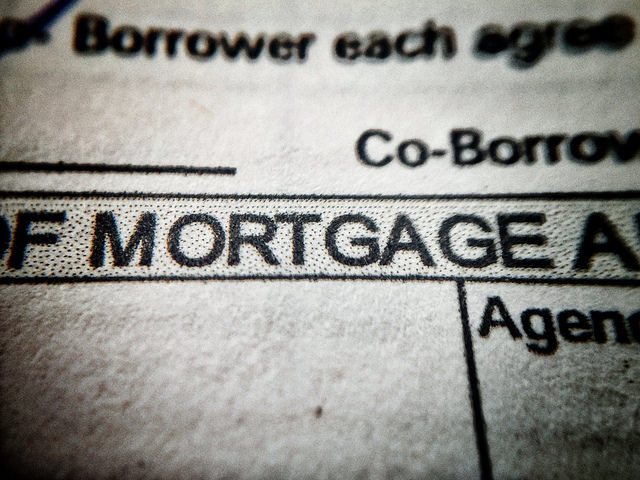According to the Mortgage Bankers Association’s Weekly Applications Survey, average mortgage rates fell last week for 30-year fixed-rate mortgages, loans backed by the Federal Housing Administration, and 15-year fixed-rate loans. Rates for jumbo loans increased from the previous week. Despite favorable rates, however, total demand for mortgage applications was down nearly five percent. Joel Kan, an MBA economist, told CNBC there are a couple of reasons application demand may have slowed – including news of the tax plan moving through congress. “The seasonal slowdown is certainly a key factor, but it could be that some buyers wanted to see the fine print of the bill before making a commitment, and that led to a pullback,†Kan said. Whatever the case, demand for loans to buy homes was down six percent from the week before, though it remains one percent higher than it was during the same week last year. The MBA’s weekly survey has been conducted since 1990 and covers 75 percent of all retail residential mortgage applications. More here.













